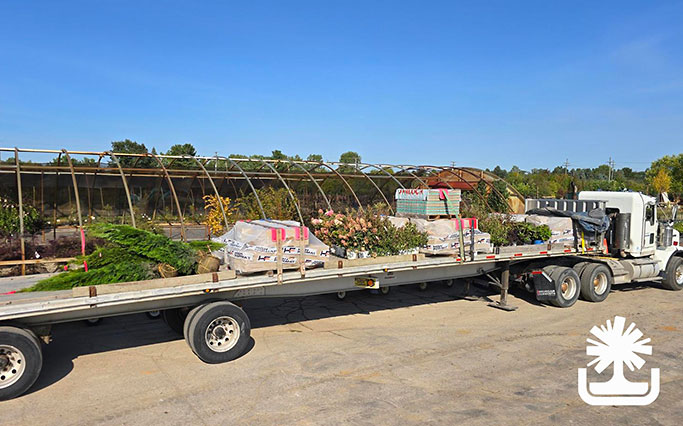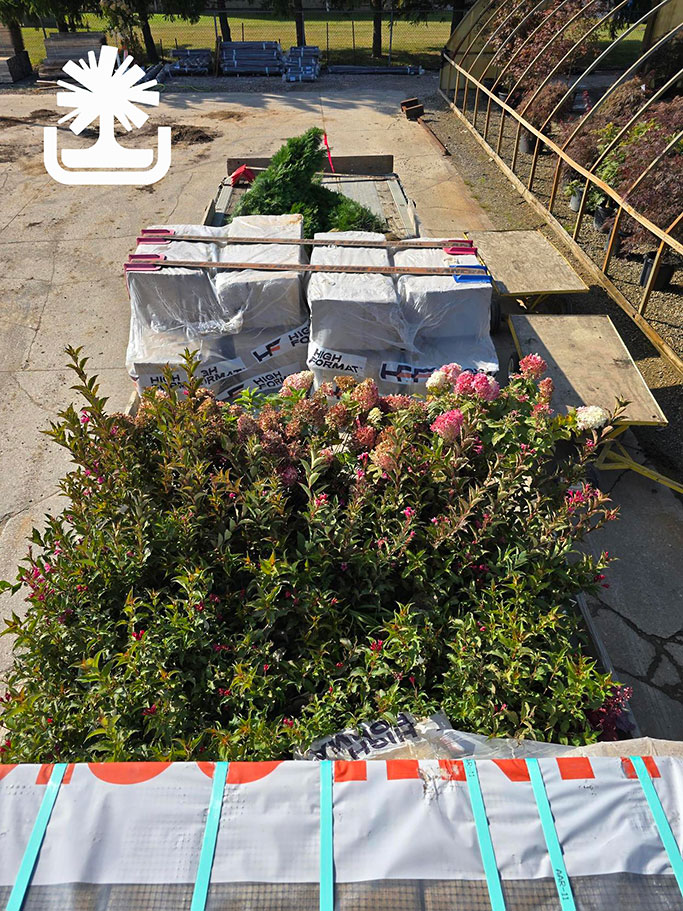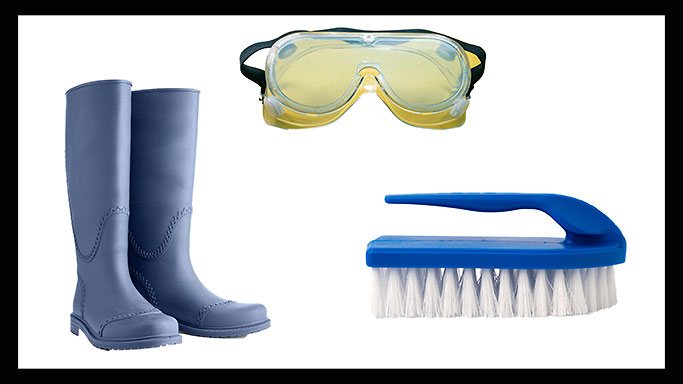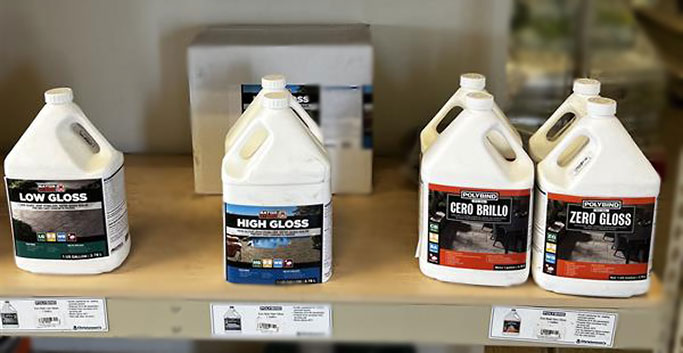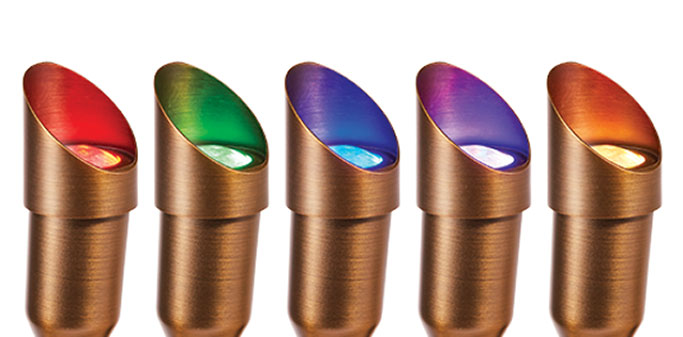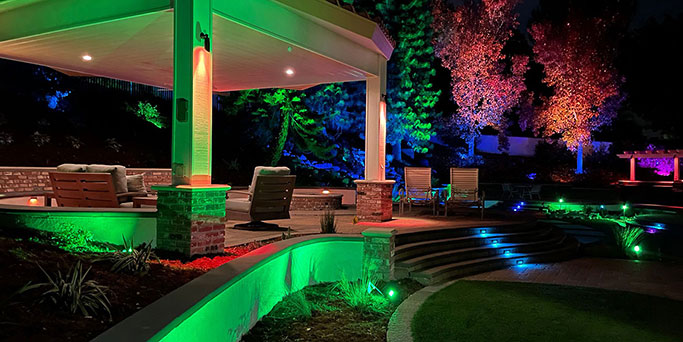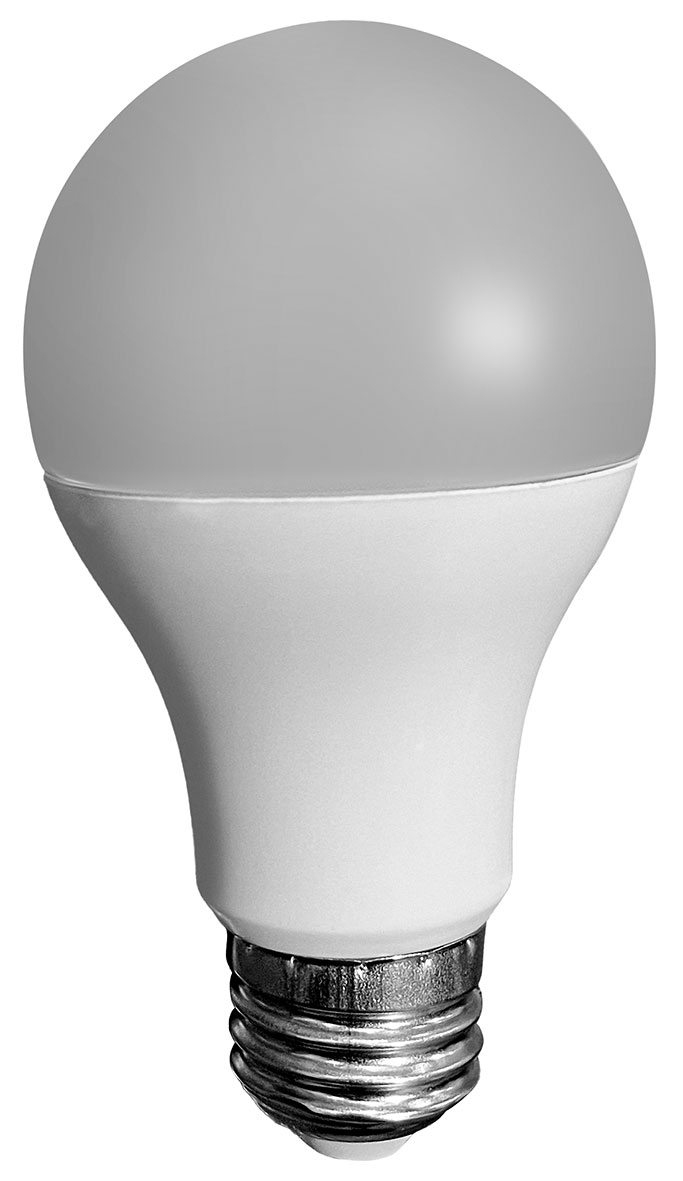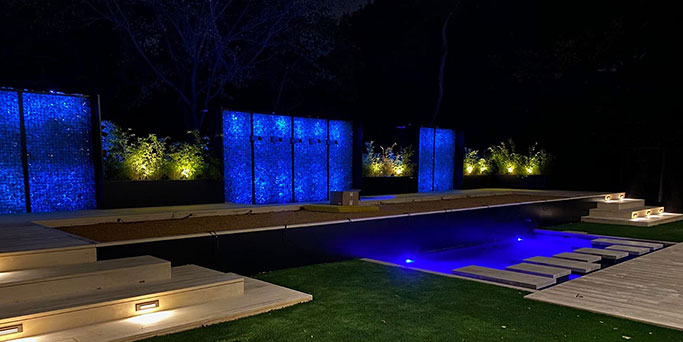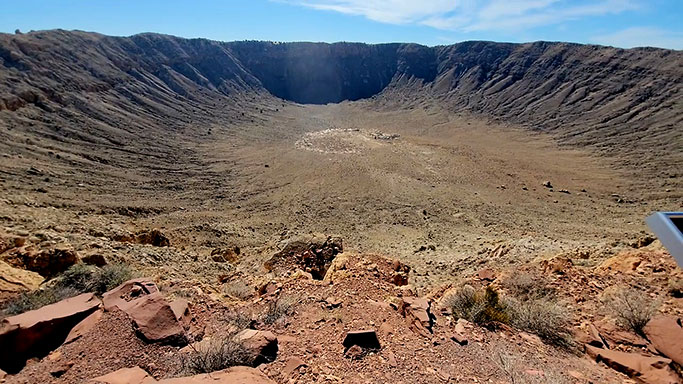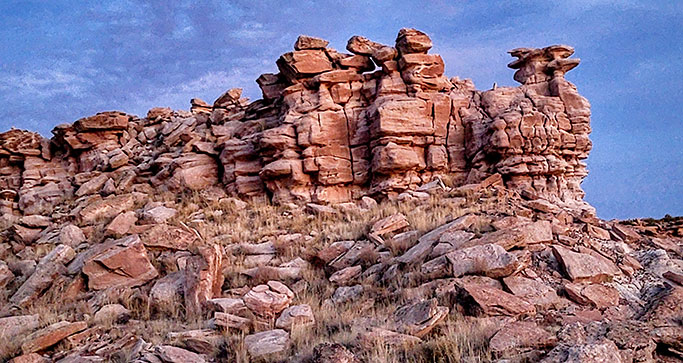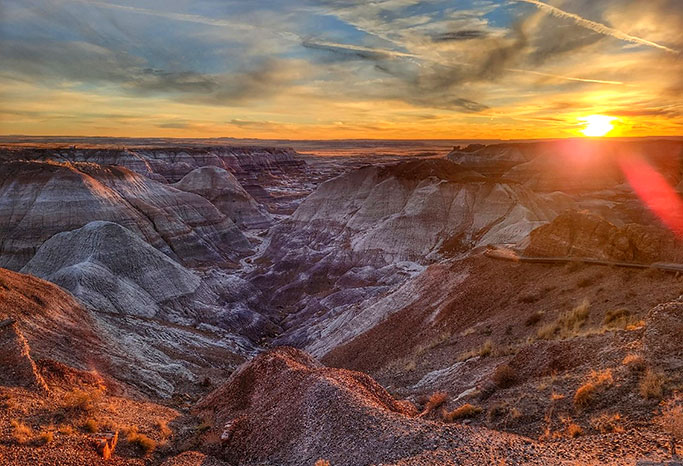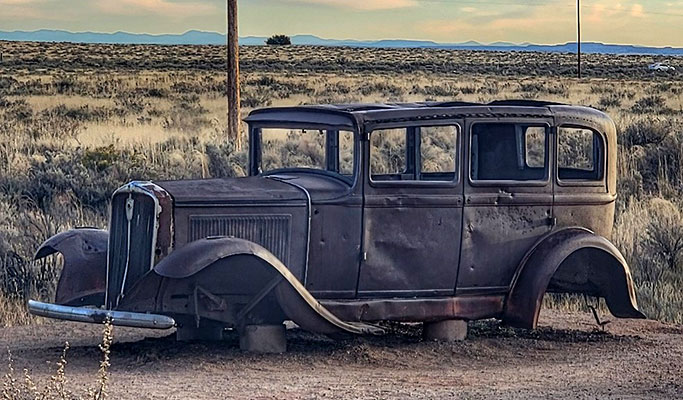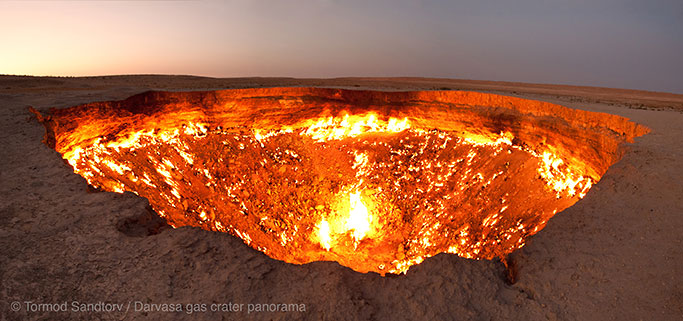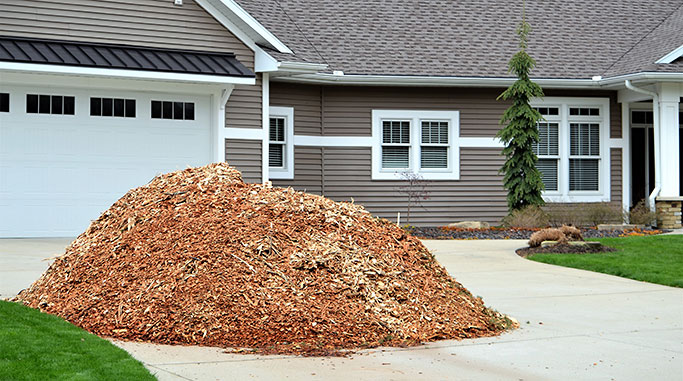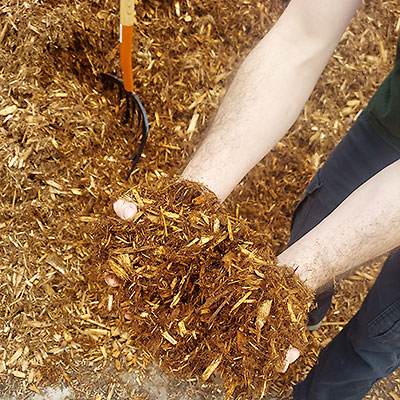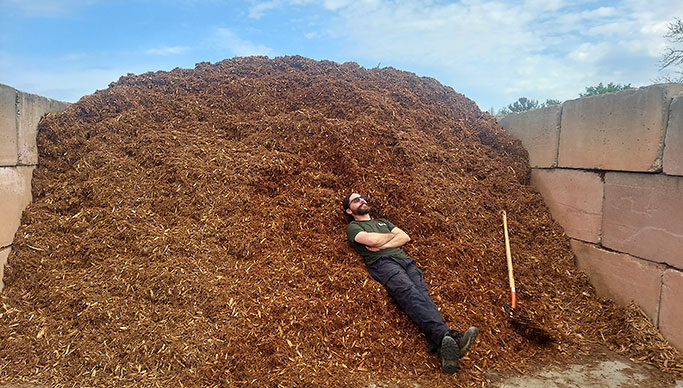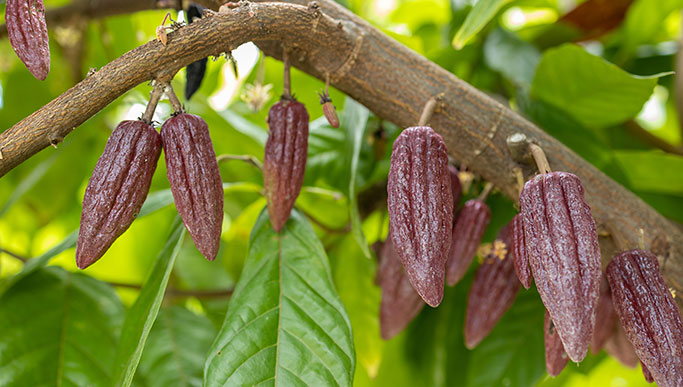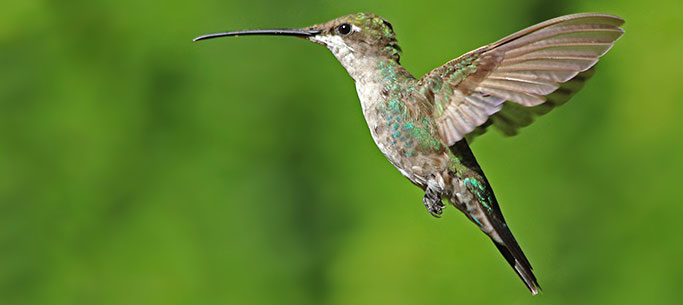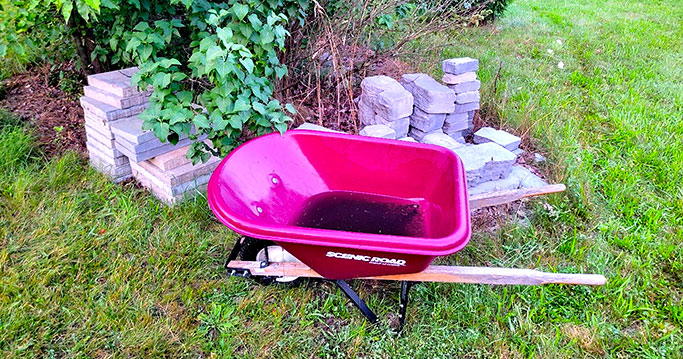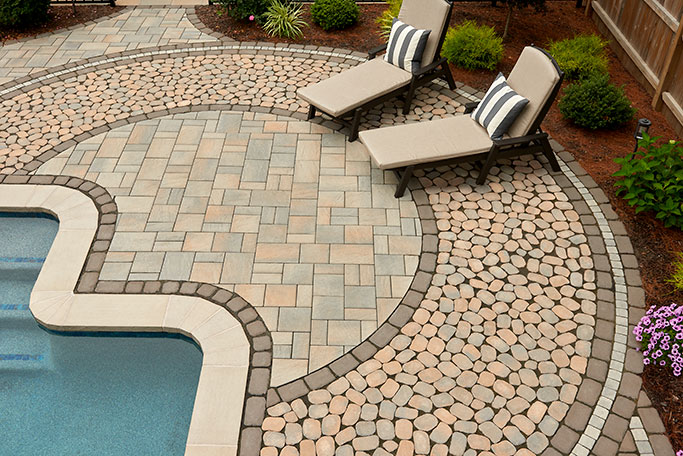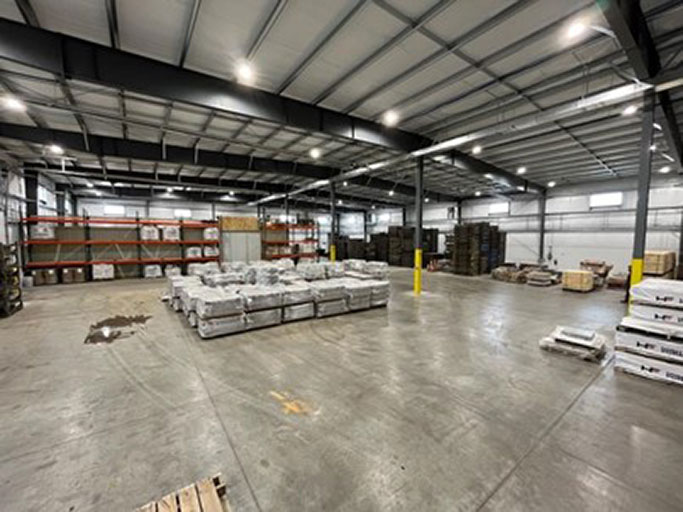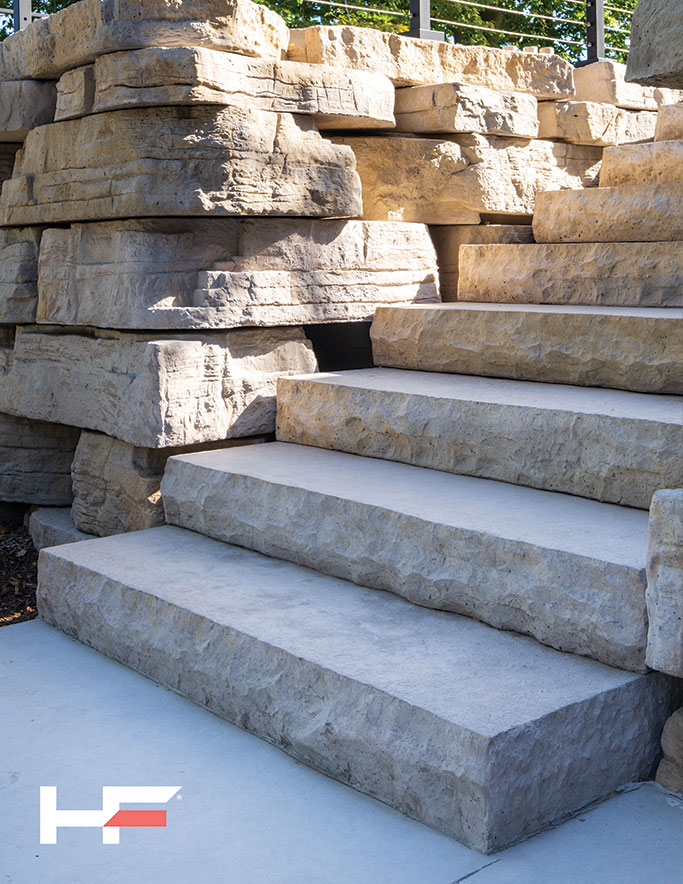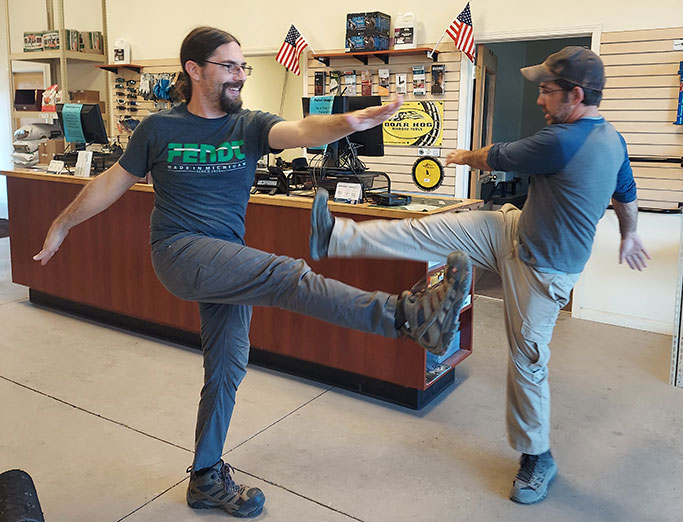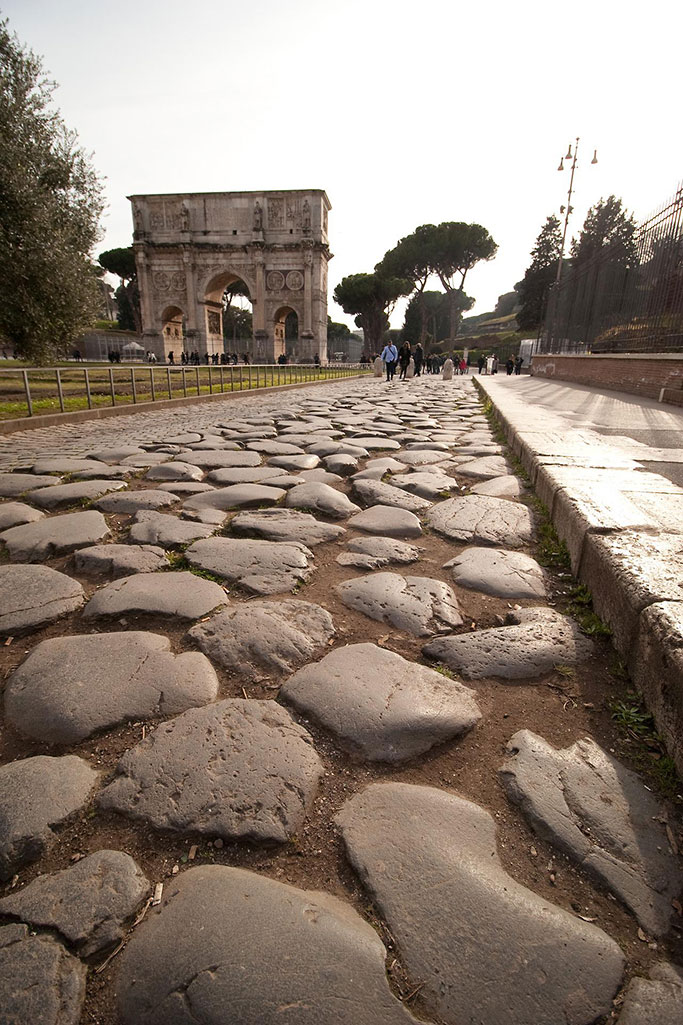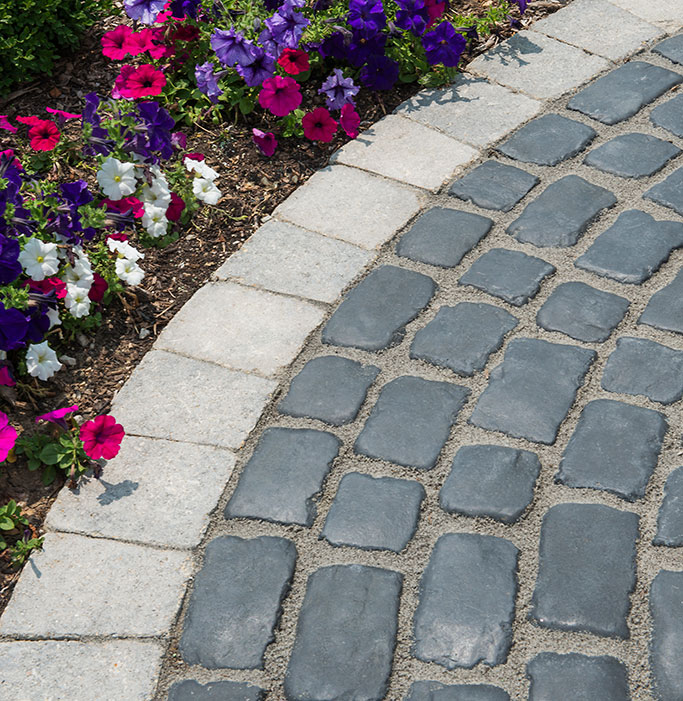Spring is here, and with it comes a fresh start to another busy season of designing and building beautiful outdoor spaces. As the ground thaws and job sites come back to life, let’s get back to the basics—the foundation of every great paver patio.
That foundation begins with limestone aggregate.
Limestone has been a fundamental building material for centuries, prized for its durability and versatility. The limestone we use today took hundreds of millions of years to form. Once part of an ancient tropical sea, limestone is composed largely of calcium carbonate from marine organisms like corals and shellfish. Over time, layers of these skeletal remains compacted into the dense, sedimentary rock we rely on today.
Remarkably, many limestone aggregates still bear the imprints of their ancient origins—fossilized remnants of prehistoric marine life are frequently visible within the stone, offering tangible connections to Earth's distant past long before humans first learned to craft with stone.

Thornton Quarry: A Massive Source of Limestone
Thornton Quarry, located just south of Chicago, is one of the largest limestone quarries in the world. Spanning 1.5 miles long, a half-mile wide, and reaching depths of 450 feet. The site has been in operation since the 1800s. It supplies crushed limestone for road construction, concrete production, and hardscape base material. The quarry is also notable for its role in flood control, as part of the Chicago Deep Tunnel project. The northern section of the quarry has been repurposed as a reservoir capable of holding nearly 8 billion gallons of stormwater, helping prevent urban flooding. With its vast limestone reserves and dual role in infrastructure and environmental management, Thornton Quarry is both an industrial powerhouse and a critical component of regional water management.

From Quarry to Job Site: The Journey of Limestone Aggregate
The extraction and processing of limestone is a monumental industrial endeavor that combines raw power with precision engineering. Modern quarrying operations employ specialized excavators and blasting techniques to dislodge massive sections of limestone from exposed bedrock formations. These colossal fragments—sometimes weighing several tons each—are transported via heavy-duty articulated dump trucks capable of hauling 100-400 tons per load to primary crushing facilities.
The transformation from raw stone to construction-grade aggregate involves a sophisticated multi-stage crushing process. Initial jaw crushers reduce limestone boulders to manageable sizes, followed by cone or impact crushers that further refine the material. A complex network of vibrating screens—some spanning hundreds of feet across processing facilities—carefully sorts the crushed stone into precisely-calibrated size gradations. Quality control measures throughout this meticulous journey ensure the final product has consistent compaction rates, optimal angularity for interlocking strength, and appropriate levels of limestone fines for each specific application.

Christensen’s stocks a variety of limestone aggregates tailored for hardscape applications, including:
- 21AA Limestone – A mix of fines and larger crushed stone, designed for high compaction. Ideal for structural base layers beneath pavers, driveways, and retaining walls, ensuring long-term stability and load-bearing strength.
- 6A Limestone – A clean, angular stone ideal for drainage applications, backfill behind retaining walls, and permeable base layers. Its uniform size reduces compaction, allowing for efficient water movement and preventing hydrostatic pressure buildup.
- #8 Limestone – A smaller-sized aggregate often used as a bedding layer for pavers and slabs, providing excellent leveling properties and enhanced interlock to keep installations secure. Like 6A, #8 is washed clean, and suitable for permeable applications
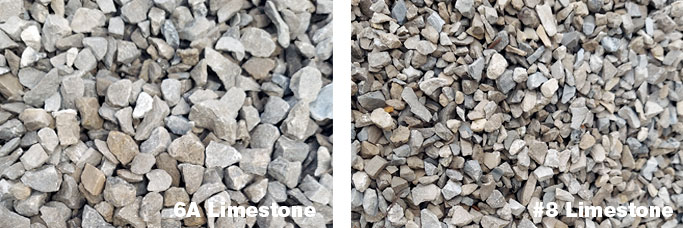
The Science Behind the Perfect Base
Every professional in the hardscape industry knows that a patio or retaining wall is only as good as its foundation. Compaction is key—without proper density in the base layer, settling, heaving, and shifting will occur over time, leading to costly repairs and dissatisfied clients.
When compacted correctly, 21AA limestone forms a dense, load-bearing surface capable of withstanding repeated freeze-thaw cycles and heavy use. For applications requiring superior drainage, 6A limestone prevents water from becoming trapped behind walls or under slabs, reducing the risk of erosion or frost heave. Using the right combination of materials not only extends the life of an installation but also improves overall performance, making projects more resilient to the elements.

Limestone in the Bigger Picture
Limestone isn’t just vital to hardscaping—it plays a role in nearly every aspect of construction and infrastructure. It’s a key ingredient in concrete, asphalt, and even soil stabilization. Some forms of crushed limestone are used in agricultural applications to balance soil pH, while others serve as filtration media in water treatment plants. The same stone that forms the base of your patios and walkways is also helping to build highways, airports, and bridges across the country.
As we kick off another season, let’s start from the ground up—literally!
Investing time in selecting the right base material and ensuring proper installation techniques will pay off in the long run. If you have questions about which limestone aggregate is best for your next project, stop by and let’s talk stone.
Here’s to a successful season, built on a solid foundation!
